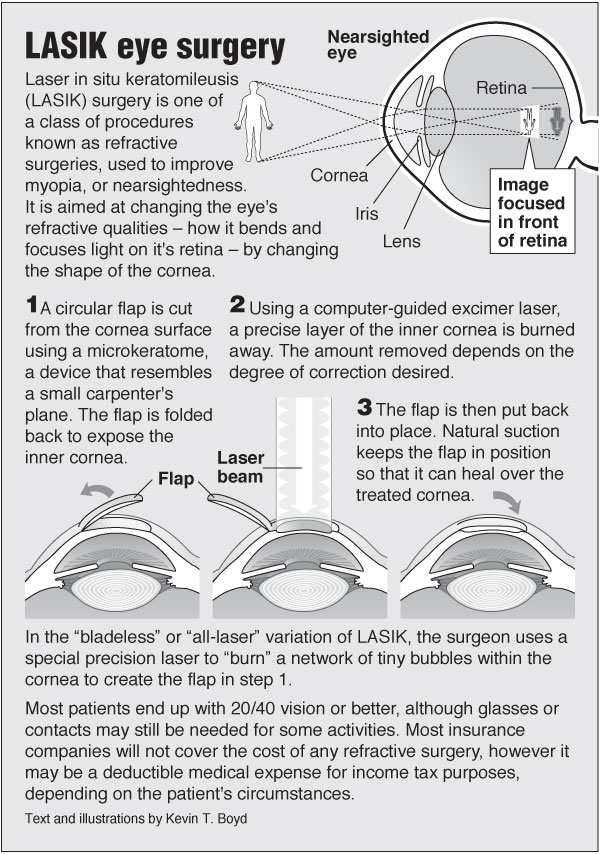Refractive Lens Exchange: The Future Of Vision Modification

Writer-Deleuran Kaae
Picture a future where you no longer have to rely on glasses or get in touch with lenses to see plainly. A future where vision adjustment is as simple as a fast, painless treatment.
Well, that future is closer than you could believe. Introducing refractive lens exchange, a revolutionary method to fixing your vision that could alter the method you see the world.
Yet what exactly is refractive lens exchange, and why is it took into consideration the future of vision modification? In this conversation, we will discover the benefits, the treatment, and the possible dangers of refractive lens exchange, providing you a glimpse right into what lies ahead for those seeking more clear vision.
The Benefits of Refractive Lens Exchange
Refractive Lens Exchange supplies countless benefits for people seeking vision modification. By replacing your natural lens with a man-made intraocular lens, this procedure can deal with a large range of vision issues. One of the main benefits of refractive lens exchange is the enhancement in visual acuity. Whether you're myopic, farsighted, or have astigmatism, this procedure can considerably enhance your capacity to see plainly without depending on glasses or call lenses.
Furthermore, refractive lens exchange can also stop the progression of specific eye conditions, such as cataracts. This means that not only will you attain much better vision, but you'll likewise have actually a decreased risk of creating cataracts in the future.
With refractive lens exchange, you can delight in better vision and a higher quality of life.
The Procedure for Refractive Lens Exchange
When undergoing refractive lens exchange, the cosmetic surgeon will certainly start by making a small laceration in your cornea. This permits them to access the lens of your eye and remove it.
Right here are 5 essential actions associated with the treatment:
- The specialist will very carefully break up the lens making use of ultrasound waves or lasers.
- After getting rid of the lens, they'll insert a new synthetic lens, called an intraocular lens (IOL), into your eye.
- The IOL is designed to fix your specific vision problems, such as nearsightedness, farsightedness, or astigmatism.
- Once the brand-new lens remains in place, the doctor will certainly shut the incision with small stitches or self-sealing techniques.
- The whole treatment generally takes less than half an hour and is generally done on an outpatient basis.
Following these actions, refractive lens exchange can give you with boosted vision and reduce your dependancy on glasses or get in touch with lenses.
Possible Risks of Refractive Lens Exchange
Prior to undertaking refractive lens exchange, it's important to comprehend the possible dangers associated with the procedure. While refractive lens exchange is usually thought about secure, like any type of procedure, there are threats involved.
One prospective threat is infection, which can happen if bacteria gets in the eye throughout or after the surgery. An additional threat is the growth of enhanced intraocular pressure, which can cause glaucoma. Furthermore, there's Learn Even more of experiencing corneal edema, which is the swelling of the cornea.
Other possible dangers consist of retinal detachment, macular edema, and loss of vision. It's essential to discuss these dangers with your doctor and evaluate them versus the prospective advantages before choosing.
Conclusion
So there you have it, people! https://writeablog.net/marylee705phillip/learn-if-the-kamra-inlay-could-be-the-excellent-choice-for-your-requirements is genuinely the future of vision correction. With its many advantages and developments in modern technology, this procedure uses a life-altering remedy for those dealing with their vision.
But remember, every rose has its thorns. While refractive lens exchange might bring clearness, it is very important to be knowledgeable about the possible risks entailed. So, before taking the leap, consider the pros and cons, and talk to your eye doctor.
Nevertheless, better risk-free than sorry!

